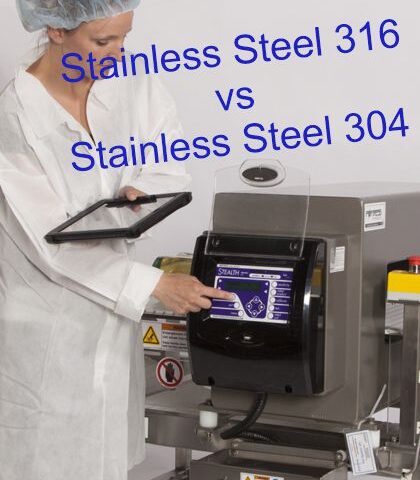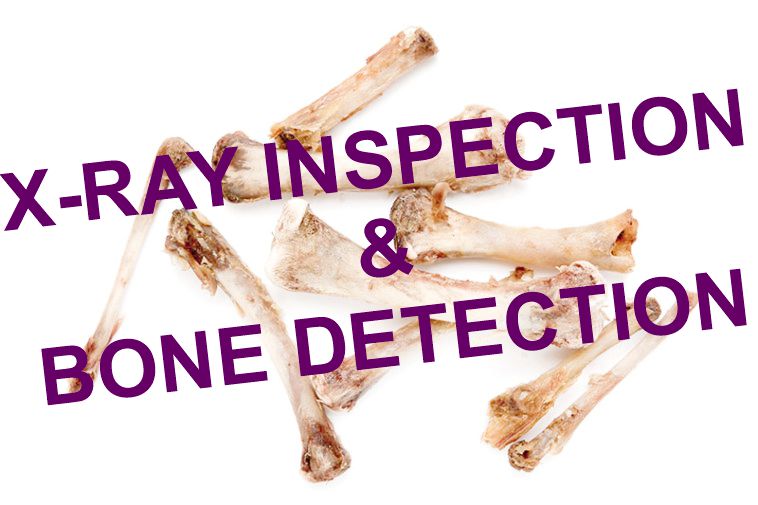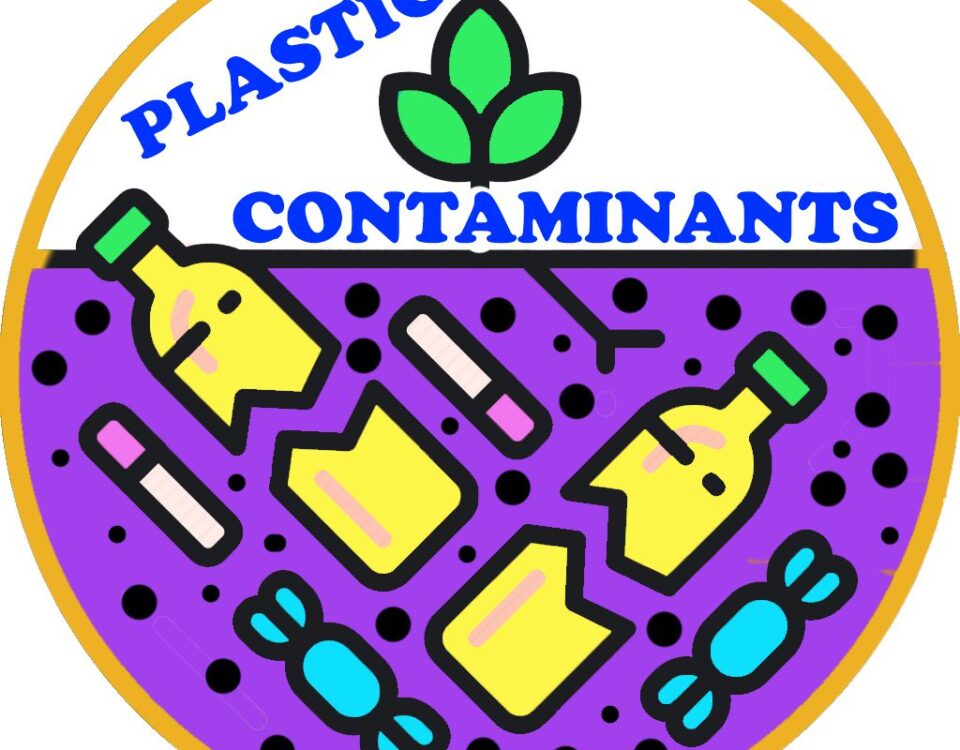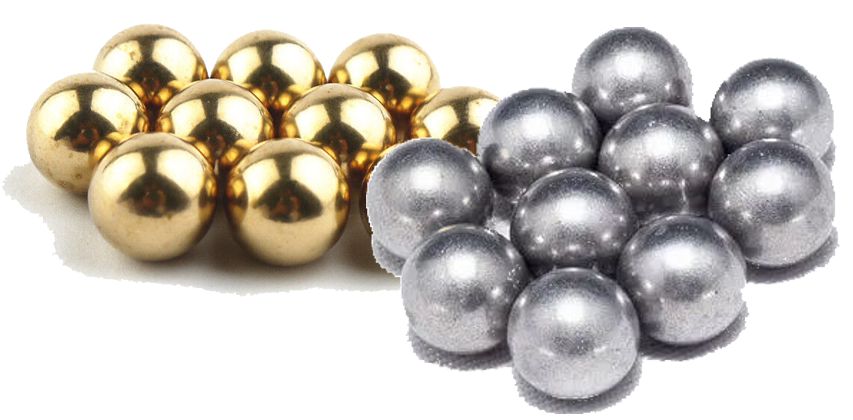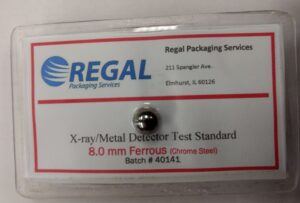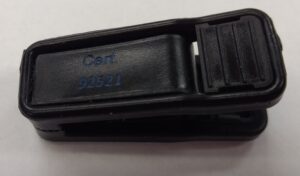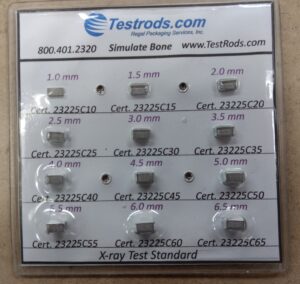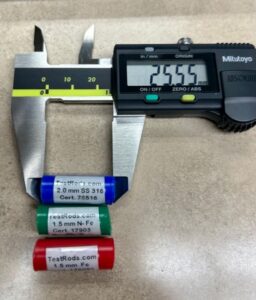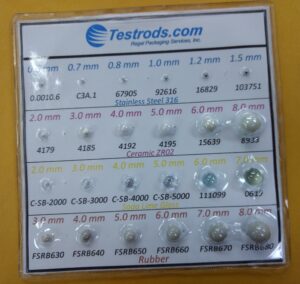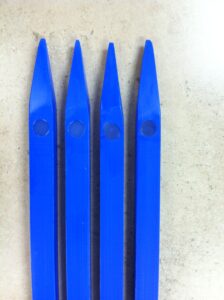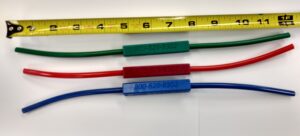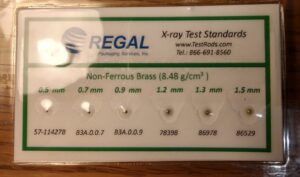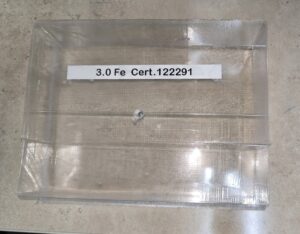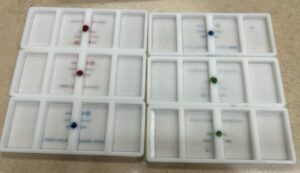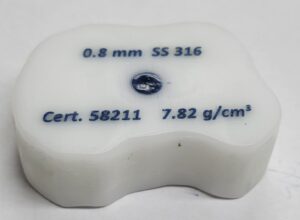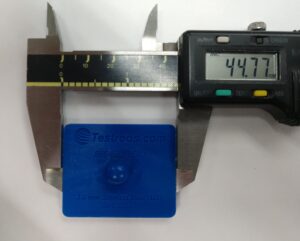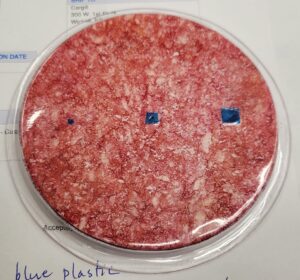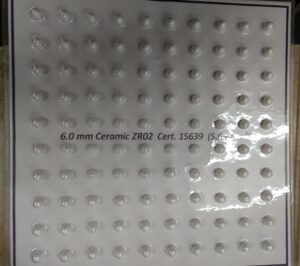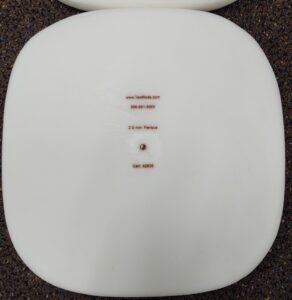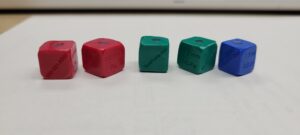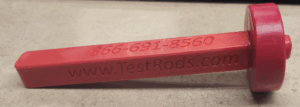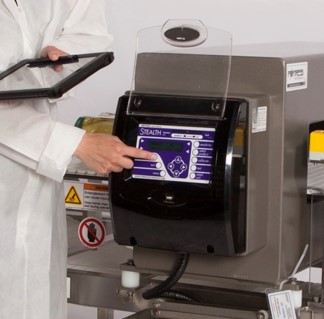
Operating Sensitivity
February 4, 2021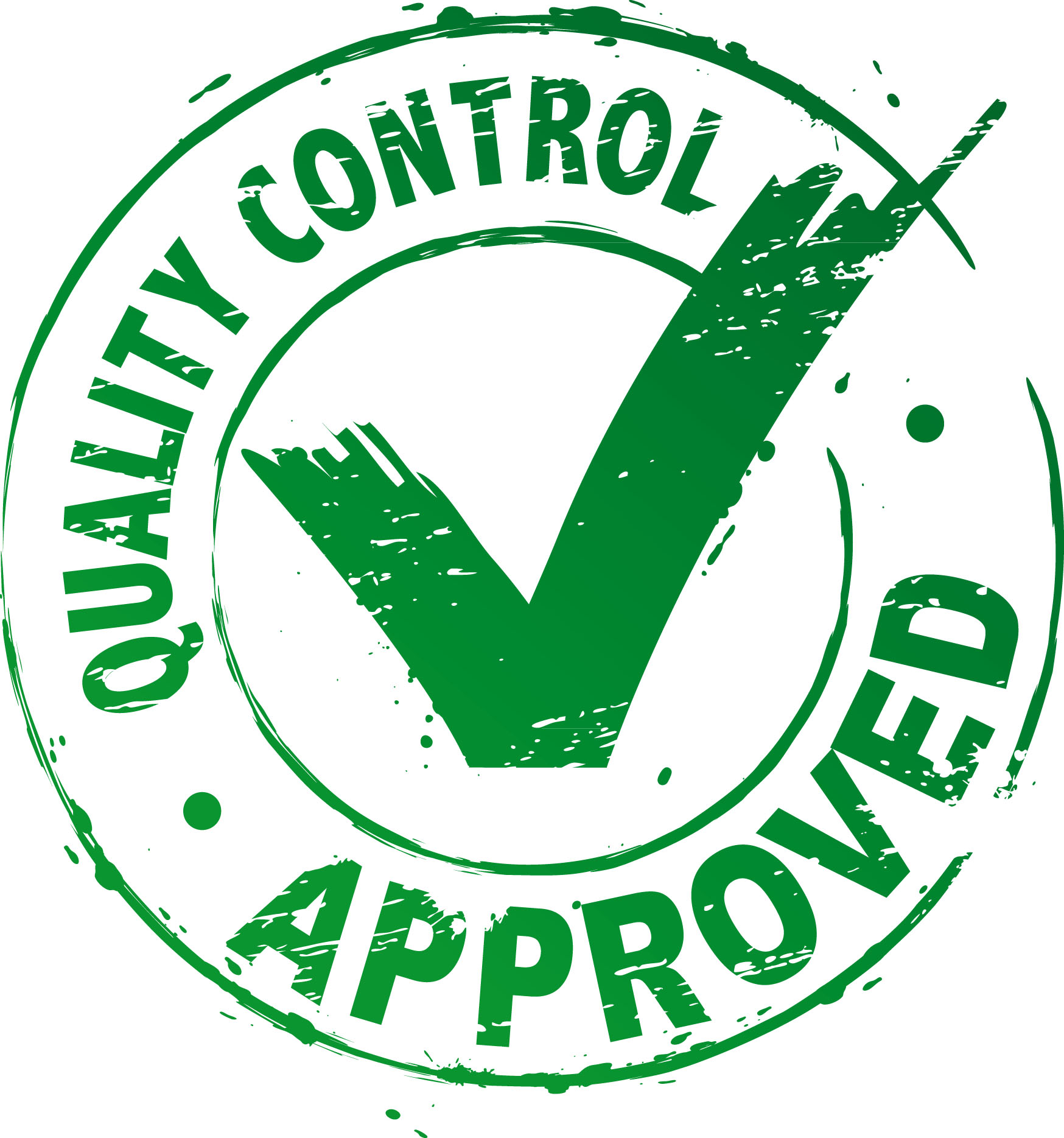
What Makes Metal Detection in the Food Industry Different?
May 12, 2021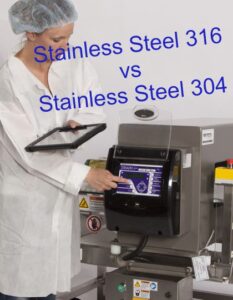 Stainless Steel 316 vs 304
Stainless Steel 316 vs 304
A Brief Tutorial
Stainless Steel 316 vs 304 has been a longstanding subject of discussion, but the industry has settled on 316 (as outlined below). It’s the only kind offered at Testrods.com. If you’re not using it now, you may want to consider switching.,
What are the Most Common Types/Grades of Stainless Steel in the Food Industry?
Stainless Steel 304
SS 304 is the most widely used of all stainless steel. It is most notably used \ in industrial applications and kitchen equipment. It is highly heat-resistant and offers good corrosion resistance to many chemicals and industrial atmospheres. With good formability, 304 can be readily welded by all common methods. 304 is an austenite steel and is only slightly responsive to magnetic fields.
Stainless Steel 316
SS 316 provides better corrosion and pitting resistance to chlorides and has higher levels of strength at elevated temperatures, due in part to the added molybdenum. This makes it an ideal grade for such applications as pumps, valves, textile and chemical equipment, pulp & paper and marine applications. 316 is also negligibly responsive to magnetic fields and can be used in applications where a non-magnetic metal is required.
| Element | 304 – % | 316 – % |
| Carbon | 0.07 max | 0.8 |
| Chromium | 17.5-19.5 | 16.0-18.0 |
| Nickel | 8.0-10.5 | 10.0-15.0 |
| Nitrogen | 0.10 max | |
| Manganese | 2.0 max | 2.0 |
| Molybdenum | 2.0-3.0 | |
| Phosphorous | 0.045 max | 0.045 |
| Sulfur | 0.030 max | 0.03 |
| Silicon | 0.75 max | 1.0 max |
| Ferrite | Balance | Balance |
| Density | 8.03 g/cm3 | 7.82 g/cm3 |
What Is the Difference When It Comes to Metal Detection?
Because of it’s chemical makeup, SS 316 is harder to detect, which makes it more suitable for testing a metal detector in setup/validation, performance monitoring and verification, especially by a 3rd party auditor. If it’s harder to detect than 304, this means using it for testing purposes means you’ll catch anything that is more magnetic (conductive). Think of it this way:
Test with 304 -> Catch 304, Miss 316 (less detectable)
Test with 316 -> Catch 316, Catch 304 (more detectable)
What is the Industry Standard?
Stainless Steel 316 is the industry standard. It only makes sense to purchase SS 316 test pieces and unify your process, procedures and HACCP plan to what’s happening in the industry. Separation from industry standards only serves to create confusion and even suspicion. The grander goal, of course, is to produce a better, safer product in the marketplace. No company wants to worry about their customers eating food that might have SS 316 in it because they only tested using 304, especially when 316 is as readily available as 304.
Where Can I Purchase Test Pieces with 316?
At Regal Package Services, we manufacture our own line of certified test pieces and use SS 316 exclusively in our stainless steel products. You can find us at Testrods.com, testrods@testrods.com and by phone at 866-691-8560.

